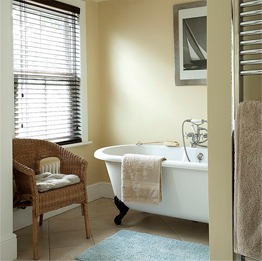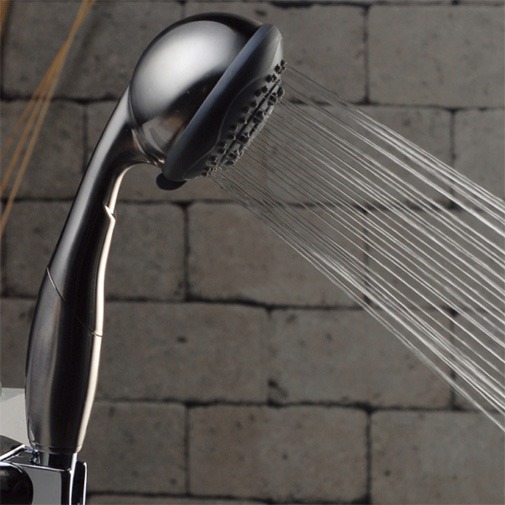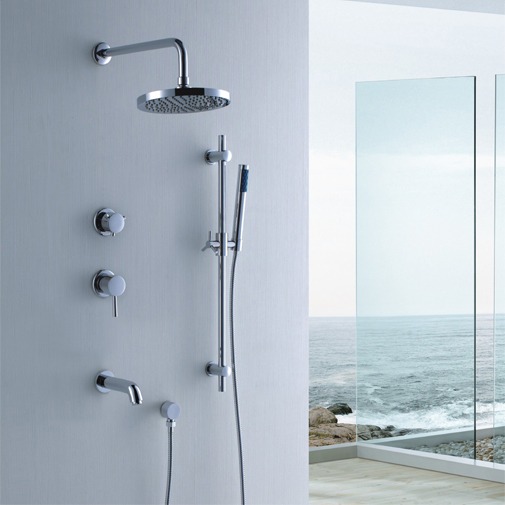Shower

A shower (or shower-bath, walk-in shower, steam shower) is a place in which a person bathes under a spray of water. The water is then drained through a drain in the shower base. The modern shower comes with configurable temperature and spray pressure settings, along with adjustable showerhead nozzle settings.Showering is common in western culture due to efficiency of using it when compared to a bath. Its use in hygiene is therefore common practice.A shower uses less water than a bath: 80 litres on average for a shower compared to 150 litres for a bath.
Shower usage in the latter half of the 20th century has skyrocketed. Personal hygiene became a primary concern, and bathing every day or multiple times a day is common among Western cultures.Showering is generally faster than bathing and can use less water. This quick and efficient concept explains its popularity as it fits in with the fast-paced lifestyles of modern people. In addition, showering, as opposed to taking a bath, is recommended for older people because it reduces the risk of injury related to falling.Taking a shower in the morning, instead of taking a shower at night is sometimes used in referring to the working class showering when they come home from work, and white collar workers showering before work. An equal number of reasons can be offered for showering at night as for showering in the morning. Contrary to myth, there are no adverse health affects from showering at night.
Some people take more than one shower each day – in the morning, after working out, and at night, or during hot weather.
See More>>Latest Hot Sale
See More>>How to Choose a fine Faucet
sinks and basins can be provided by separate hot and cold faucets; this arrangement is common in older installations, particularly in public washrooms/lavatories and utility rooms/laundries. In kitchens and bathrooms mixer faucets are commonly used. In this case, hot and cold water from the two valves is mixed before reaching the outlet, allowing the water to emerge at any temperature between that of the hot and cold water supplies. Mixer faucets were invented by Thomas Campbell of Saint John, New Brunswick and patented in 1880. Indoor faucets are commonly found in the bathroom or kitchen. This faucet is a single-handle, double-spout faucet (one spout for hot, one spout for cold).Water for baths, sinks and basins can be provided by separate hot and cold faucets; this arrangement is common in older installation
Products










